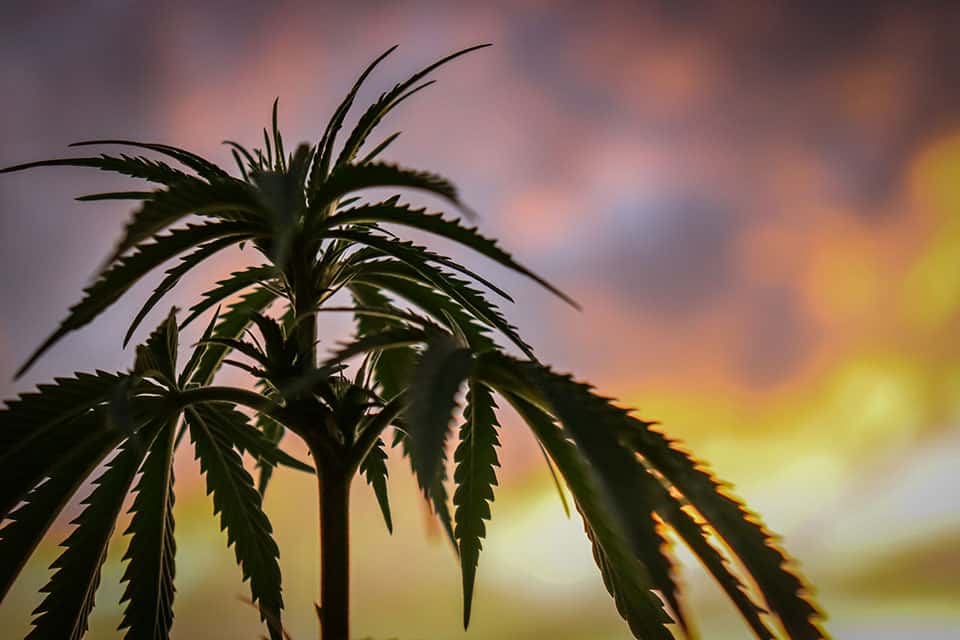The similarities between hemp and marijuana can make understanding the elements and effects of CBD (cannabidiol) compared to THC confusing for consumers. Hemp and marijuana are from the same genus and species, Cannabis sativa. CBD is derived directly from the hemp plant, which is a cousin of the marijuana plant. Although CBD is a component of marijuana, along with hundreds of other components, when isolated it does not provide a high. According to the World Health Organization, Hemp cultivars produce substantially less THC and higher levels of CBD.
In the United States, a Cannabis sativa plant is classified as marijuana when it contains more than 0.3% of THC. THC (delta-9-tetrahydrocannabinol) is the main psychoactive compound in cannabis. This is the element that gives consumers their “high feeling”.
How does the high happen?
Cannabinoid (CB) receptors are the sites in the body and brain where marijuana acts. The human body also contains natural receptors–anandamide and 2-AG (2-arachidonoyl glycerol). These chemicals interact with CB receptors and together they make up the endocannabinoid (EC) system.
THC enters into the brain and will attach to the cannabinoid receptors, this attachment enables it to interact with the endocannabinoid system in a way that creates a high feeling for the human body. The Farm Bill (2014) officially established CBD products as those with 0.3% or less of THC and the Agriculture Improvement Act of 2018 (2018 Farm Bill), legalized hemp agriculture and products in all 50 states (in consistency with the law).
So, can CBD get you high?
No, because CBD is a non-intoxicating and non-psychoactive cannabis compound. CBD acts on more physiological mechanisms than THC. Everyone has a unique endocannabinoid system, so everyone will have different responses to substantial amounts of THC that will provide a high when they consume it.

